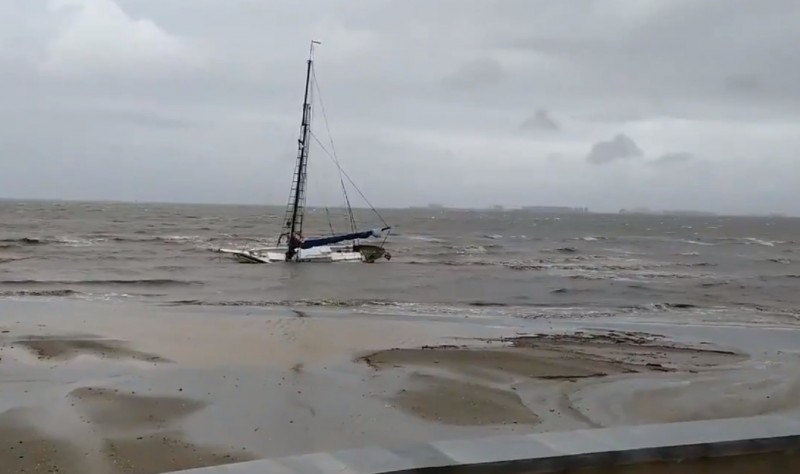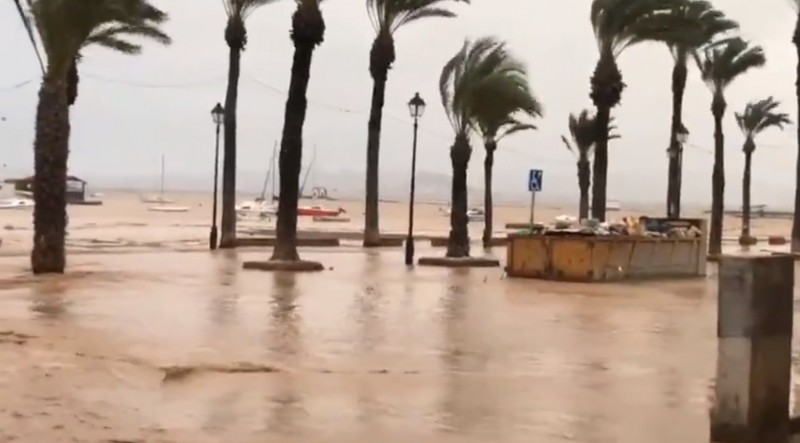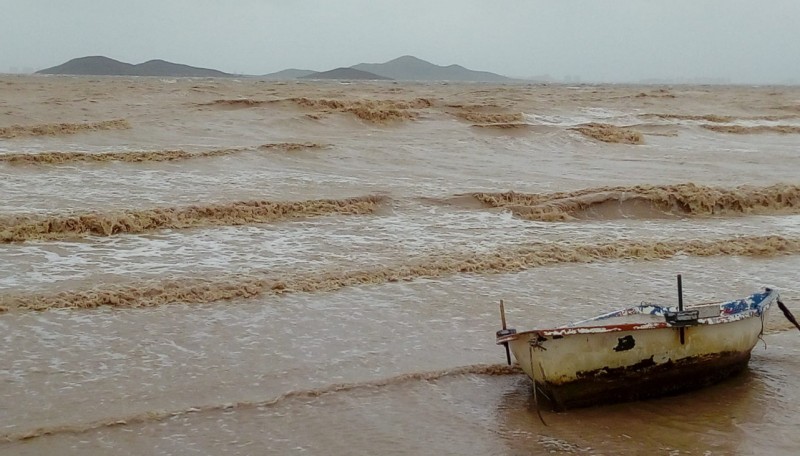

Guidelines for submitting articles to Santa Rosalia Today
Hello, and thank you for choosing Santa Rosalia.Today to publicise your organisation’s info or event.
Santa Rosalia Today is a website set up by Murcia Today specifically for residents of the urbanisation in Southwest Murcia, providing news and information on what’s happening in the local area, which is the largest English-speaking expat area in the Region of Murcia.
When submitting text to be included on Santa Rosalia Today, please abide by the following guidelines so we can upload your article as swiftly as possible:
Send an email to editor@spaintodayonline.com or contact@murciatoday.com
Attach the information in a Word Document or Google Doc
Include all relevant points, including:
Who is the organisation running the event?
Where is it happening?
When?
How much does it cost?
Is it necessary to book beforehand, or can people just show up on the day?
…but try not to exceed 300 words
Also attach a photo to illustrate your article, no more than 100kb

ARCHIVED - Environmental concern for the Mar Menor following the second gota fría of the autumn
Tons of soil and harmful substances washed into the already fragile marine environment
As residents and council workers begin the clean-up operation in towns on the inland shore of the Mar Menor on Wednesday following the flooding caused on Tuesday by the second “gota fría” storm to hit the Region of Murcia in the autumn of 2019 it is a small relief to report that the accumulated rainfall on Monday and Tuesday was not as high as in mid-September, but in terms of the effects on the marine environment of the Mar Menor itself the consequences could be equally dramatic.
As water runs off the crop fields of the Campo de Cartagena it carries with it large quantities of soil which contains substances deriving from the use of fertilizers, such as nitrates and phosphates, and at the same time the arrival of so much fresh water in the lagoon contributes to a decrease in salinity. After the September gota fría this caused the formation of a layer of “anoxic” water (lacking in oxygen) which in turn resulted in the appearance of tons of dead fish and crustaceans as they washed up onto the beaches of the Mar Menor, and Miguel Ángel Pérez Ruzafa, the spokesman for scientific committee formed by the regional government to oversee developments in the lagoon, warns that another such episode is highly likely.
However, in all probability, he says, the next episode of anoxia will not occur in the immediate future as the water temperature in the Mar Menor is far lower than in mid-September. At that time the difference in temperature between the warm sea and the cold floodwater made the formation of different layers far more probable, and for the same reason Sr Pérez Ruzafa warns that next spring or summer the same is extremely likely to happen.

Until the wind dies down it will not be possible to gather data and assess the immediate effect of the latest flooding on water quality, but photographic suggests that they will certainly show further deterioration.
With the prognosis already looking poor for next summer, then, the urgency of implementing measures to save the Mar Menor is underlined still further, and Sr Pérez Ruzafa supports the latest regional government view that it is necessary to reduce the water level in the aquifer which lies beneath the Campo de Cartagena. He also expresses confidence in plans to build infrastructures to divert floodwater away from the lagoon and to create 16 water treatment pools using bio-reactors in the form of wood chips from citrus fruit trees to cleanse water before it reaches the Mar Menor. Antonio Luengo, the regional minister for Agriculture and the Environment, reports that the construction of these pools will begin early next year and that they will be able to treat 19,000 cubic metres of water a day.
But this treatment, however effective it is in removing nitrates from the water, will not remove either phosphates or pesticides, and platform groups such as Pacto por el Mar Menor are demanding that the problem be addressed at source – that is, in the farming practices which are used in the Campo de Cartagena, in the over-development of towns along the coast of the lagoon and in infrastructures, such as the AP-7 motorway, which have altered the natural lie of the land.
A statement issued by the group on Tuesday makes reference to the catastrophic flood known as the “Riada de Santa Teresa” in 1879, which resulted in the loss of over 1,000 human lives, most of them in Murcia. One of the consequences of that disaster was the visionary and far-reaching project undertaken by Ricardo Codorníu, who found that the felling of entire forests in the mountain ranges to the west of the city of Murcia for timber and fuel had resulted in there being no natural barrier to prevent rainwater from cascading down in torrents to lower-lying ground.

In response, he set about the grand plan of re-planting pine forests in Sierra Espuña, not only creating the landscape of the regional park as we know it today but also restoring natural flood protection to alleviate the consequences of future “gota fría” storms.
However, Pacto por el Mar Menor lament the fact that “in the 21st century the spotlight is still not being focussed on the root of a problem which has ruined the lives of people, their homes and the businesses (of the Mar Menor), and which has led this unique eco-system into the dramatic situation in which it finds itself”.
Images: Iván Pereñíguez, Alberto López, re-tweeted by @MarMenorKO
Join the Murcia Weather Watch group on Facebook to keep up to date with all the latest forecasts and weather-related stories: https://www.facebook.com/groups/RegionOfMurciaWeatherWatch/.




























